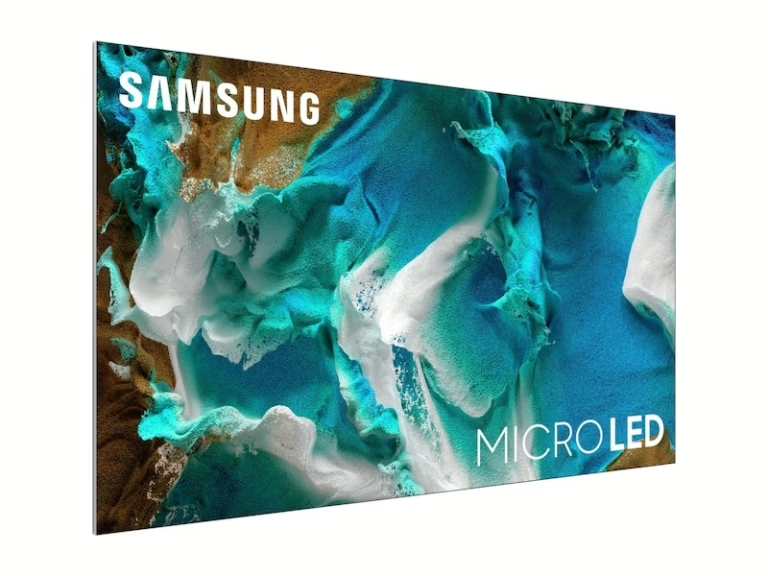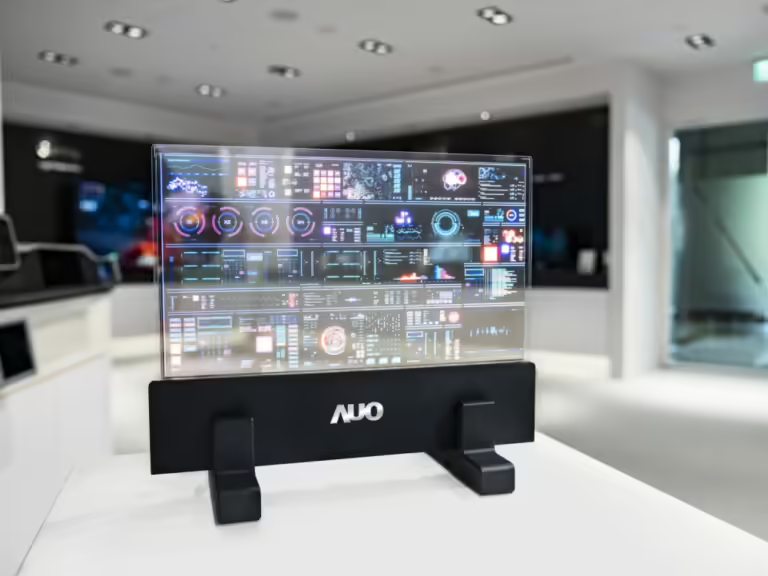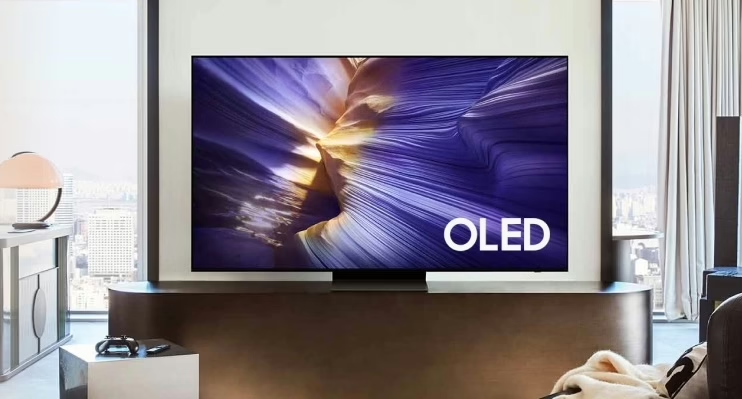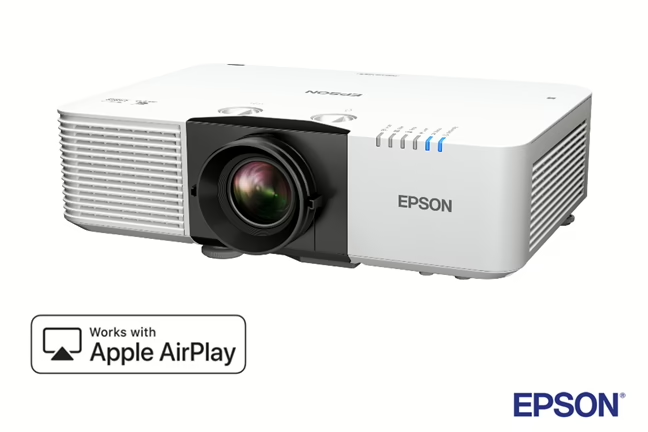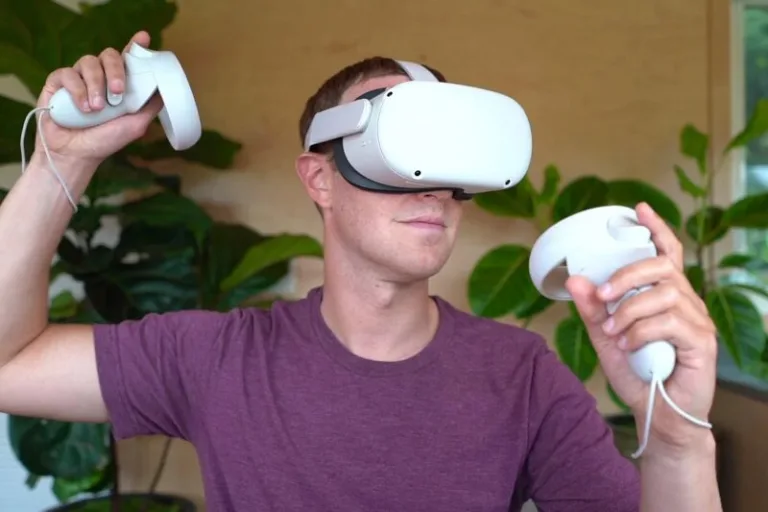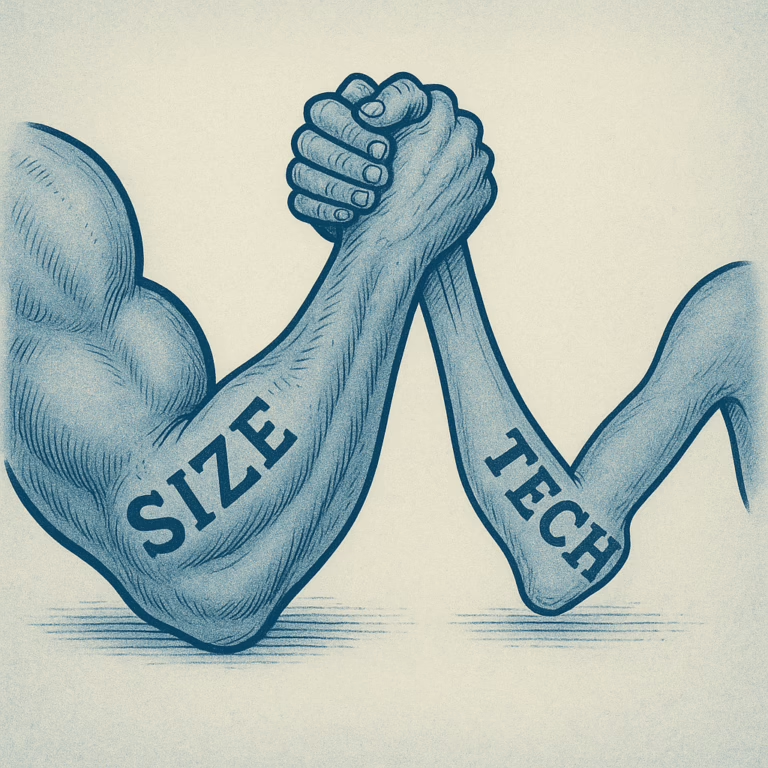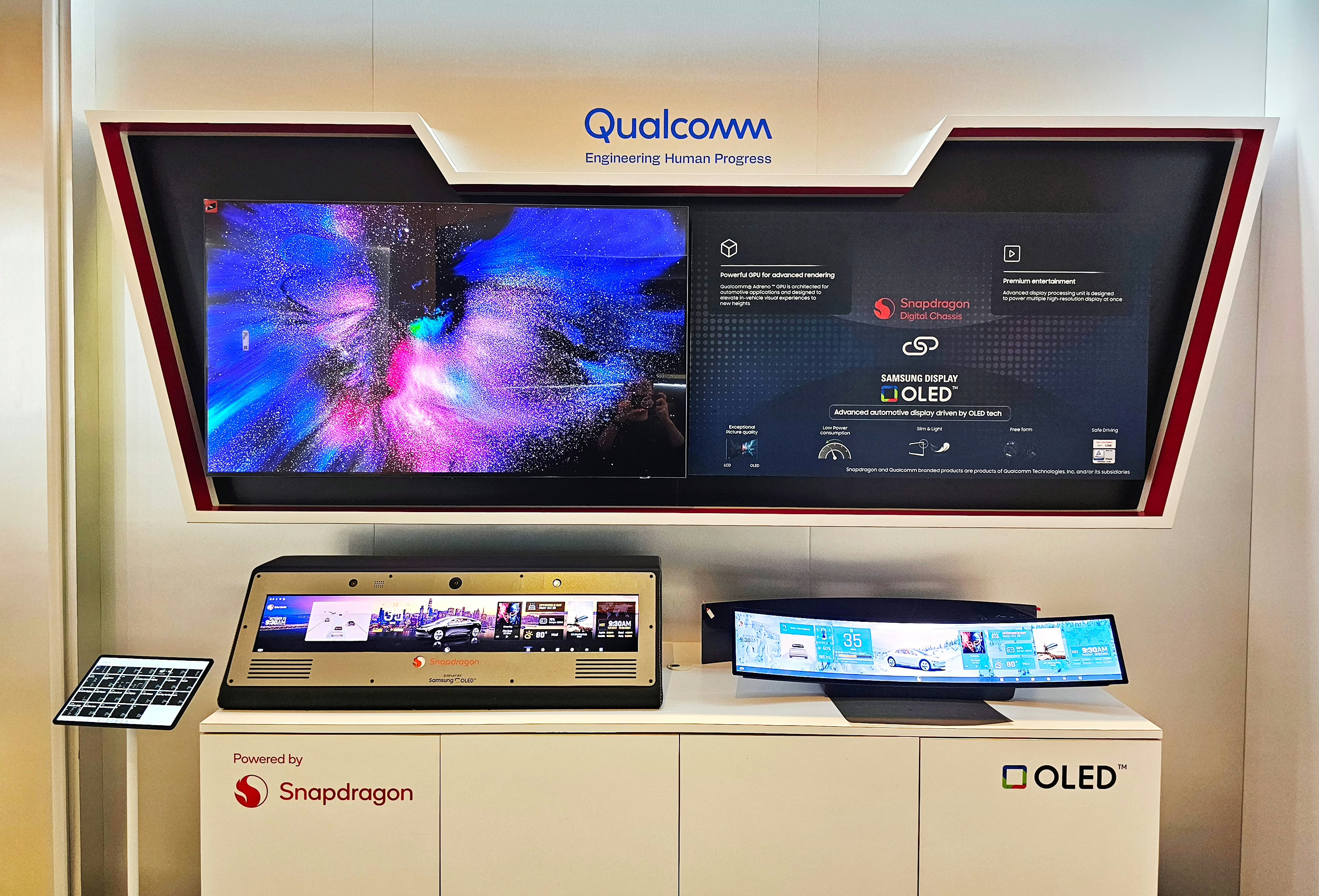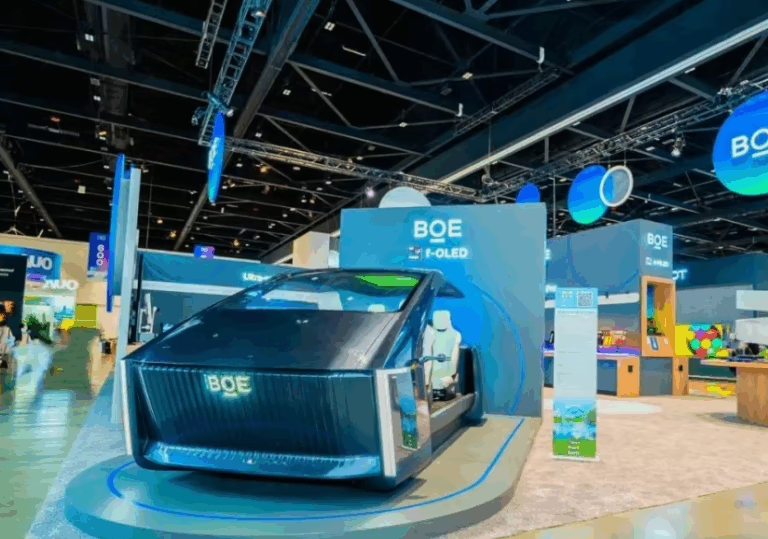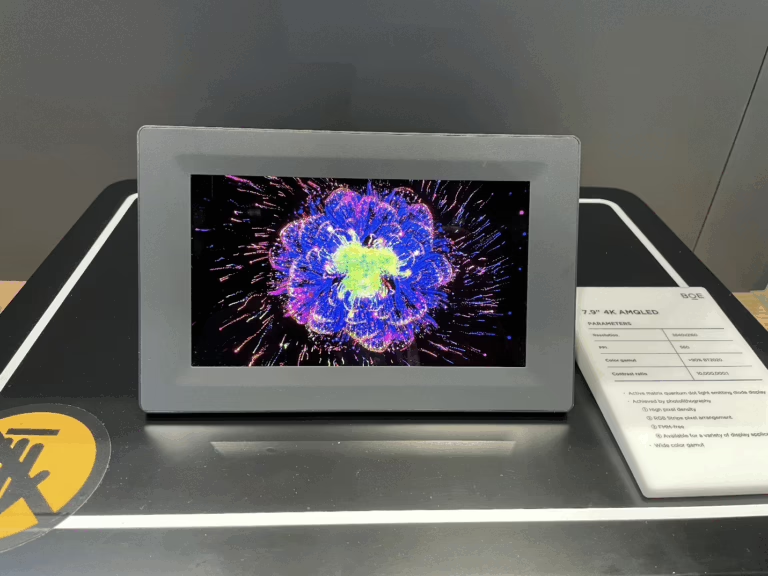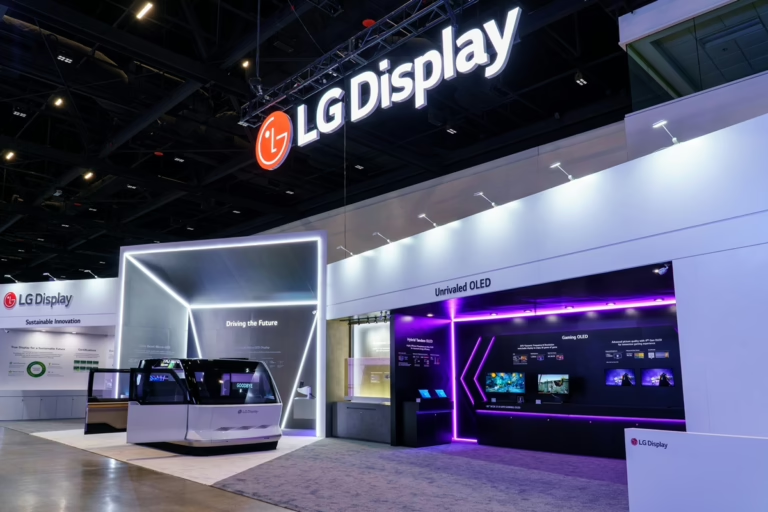Samsung Begins Trial Production of 115-Inch RGB MicroLED-Backlit TV
Samsung is quietly testing trial production of a 115-inch RGB MicroLED-backlit LCD TV, signaling its next step in ultra-premium home displays. Despite the branding, this is not a self-emissive MicroLED TV but an LCD model that uses true red, green, and blue microLED elements as its backlight. This approach bypasses traditional white LEDs and quantum … Read more

